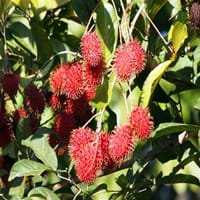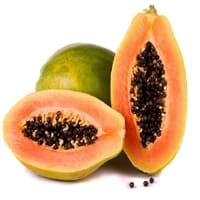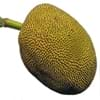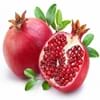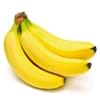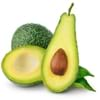Health Benefits
Anti-oxidant properties, Boosts immune system, Skin rejuvenation, Strengthening of bones
Arthritis prevention, Asthma treatment, Cancer prevention, Heart care, Prevents macular degeneration, Prevents rheumatoid
General Benefits
Antiseptic properties, Cures headache, Removes waste from kidney
Anti-inflammatory properties, Boosts immune system, Digestive aid, Healing of wounds, Maintains healthy cholesterol level, Strengthens bones
Skin Benefits
Hydrates skin
Anti-aging benefits, Hydrates skin, Skin revitalization, Treatment of acne, Treatment of dark spots
Hair Benefits
Good conditioner
Good conditioner, Promotes longer and healthier hair, Softening mask, Treatment of dandruff
Allergy Symptoms
Chest pains, Rhinitis, Wheezing
Abdominal pains, Carotenemia on excessive consumtion, Latex Allergy
Side Effects
Unknown
Allergic reaction, Skin problems, Possibly unsafe during pregnancy
Best Time to Eat
As a snack in the late afternoon, Don't consume at night and before bed, Eat the fresh ones, avoid mixing with any other foods, don't eat after meal., Morning time (before lunch)
As a snack in the late afternoon, Don't consume at night and before bed, Don't eat after meal
Vitamin B5 (Pantothenic Acid)
Vitamin C (Ascorbic Acid)
Vitamin K (Phyllochinone)
Phytosterol
Not Available
Calories in Fresh Fruit with Peel
Not Available
Calories in Fresh Fruit without Peel
Not Available
Calories in Jam
Not Available
Calories in Pie
Not Available
Type
Tree fruit, Tropical
Melon, Tree fruit
Season
Early summer, Early winter, Late fall, Late spring
All seasons
Varieties
Rongrien, Chompu, Rapiah, Bingjai and Lebak Bulus
Coorg Honey Dew, Pusa Dwarf, Pusa Giant, Pusa Majesty, Pusa Delicious, Pusa Dwarf, Solo, Ranchi, Taiwan-785 and Taiwan-786
Color
Coral red, Yellow
Orange, Yellow
Inside Color
Greyish-white
Orange
Taste
Sour, Sweet
Luscious, Sweet
Origin
Unknown
Mexico, Central America
Soil Type
Clay, Loam
Rocky, Sandy, Well-drained
Climatic Conditions
Humid
Warm, Without frosts
Facts about
- Oils extracted from its seeds is used to make soaps and candles.
- 'Rambut' means hairy in Malay.
- It makes the best hair mask.
- Seeds are edible and healthy too.
- Papaya seeds show contraceptive effects in male monkeys.
- Their seeds are used as a replacement for black pepper in some nations due to peppery taste.
- Papaya is known by funny names like paw paw or papaw and the mamao.
Top Producer
Thailand
India
Other Countries
Africa, India, Indonesia, Malaysia, Philippines, Sri Lanka
Brazil, Indonesia, Mexico, Nigeria
Top Importer
Singapore
United States of America
Top Exporter
Thailand
Mexico
Botanical Name
Nephelium lappaceum
Carica papaya
Synonym
Rambota
Not Available
Subkingdom
Tracheobionta
Tracheobionta
Division
Tracheophyta
Magnoliophyta
Class
Magnoliopsida
Magnoliopsida
Subclass
Rosidae
Dillenhidae
Order
Sapindales
Brassicales
Family
Sapindaceae
Caricaceae
Species
N. lappaceum
C. papaya
Generic Group
Not Available
Papaya
Difference Between Rambutan and Papaya
We might think that Rambutan and Papaya are similar with respect to nutritional value and health benefits. But the nutrient content of both fruits is different. Rambutan and Papaya Facts such as their taste, shape, color, and size are also distinct. The difference between Rambutan and Papaya is explained here.
The amount of calories in 100 gm of fresh Rambutan and Papaya with peel is 69.00 kcal and Not Available and the amount of calories without peel is Not Available and 43.00 kcal respectively. Thus, Rambutan and Papaya belong to and category.These fruits might or might not differ with respect to their scientific classification. The order of Rambutan and Papaya is Sapindales and Brassicales respectively. Rambutan belongs to Sapindaceae family and Papaya belongs to Caricaceae family. Rambutan belongs to Nephelium genus of N. lappaceum species and Papaya belongs to Carica genus of C. papaya species. Beings plants, both fruits belong to Plantae Kingdom.
